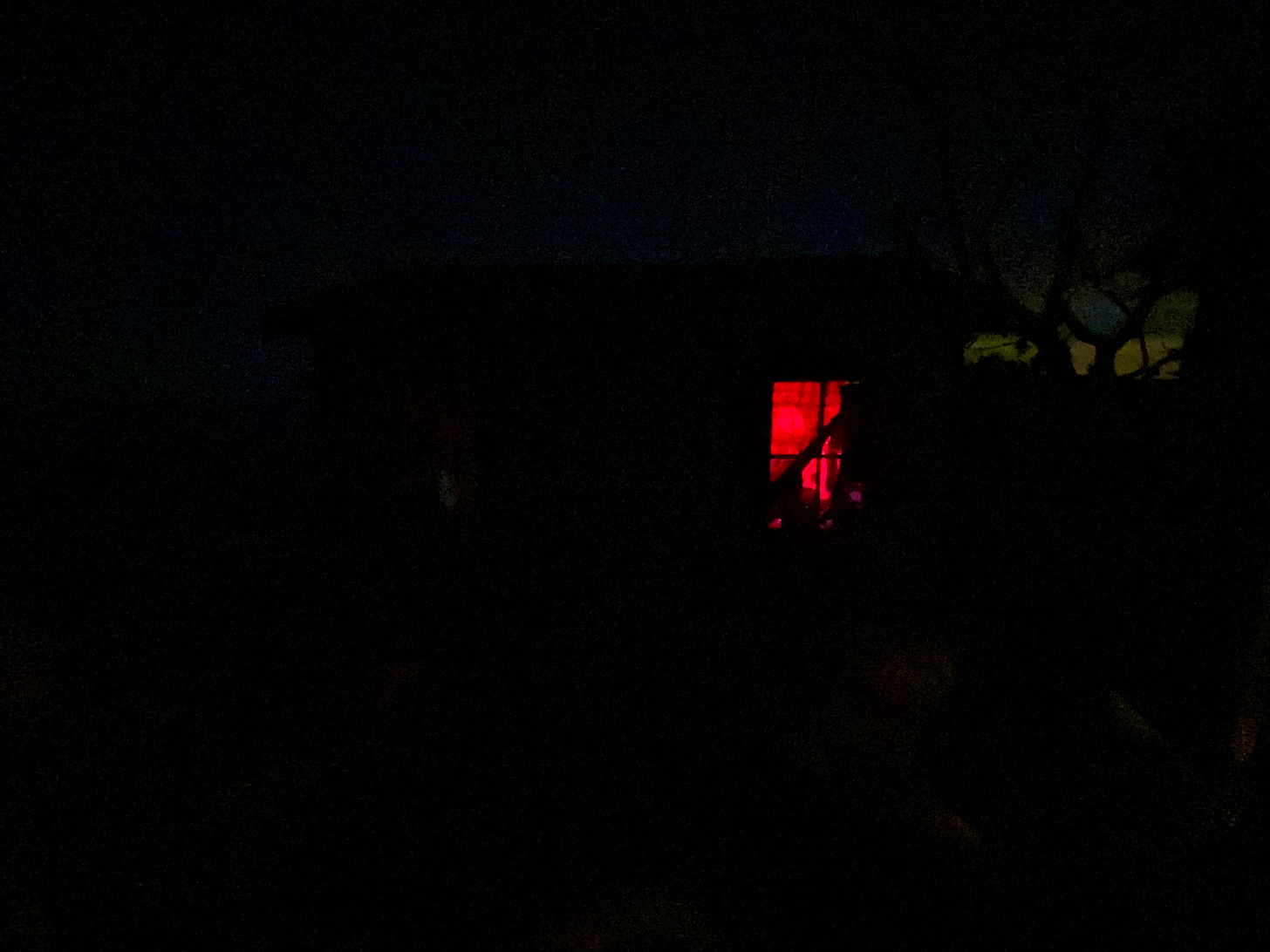Light Rafts for Flagging Spirits | Vol 16
Solitude, alone-ness, and reclusive inklings loom in this still-strange, liminal time/space, as we mark the 1st anniversary of COVID life. Here are 10 helpings of light + grace + hope for the journey.
A close friend recently asked me for a list of “meaningful reads”—books that might distract, preoccupy, or even delight a nervous consciousness, but are something more than mere frivolity. I love a good book list, so I dove in, thinking of the titles I’ve read in recent years (and …




